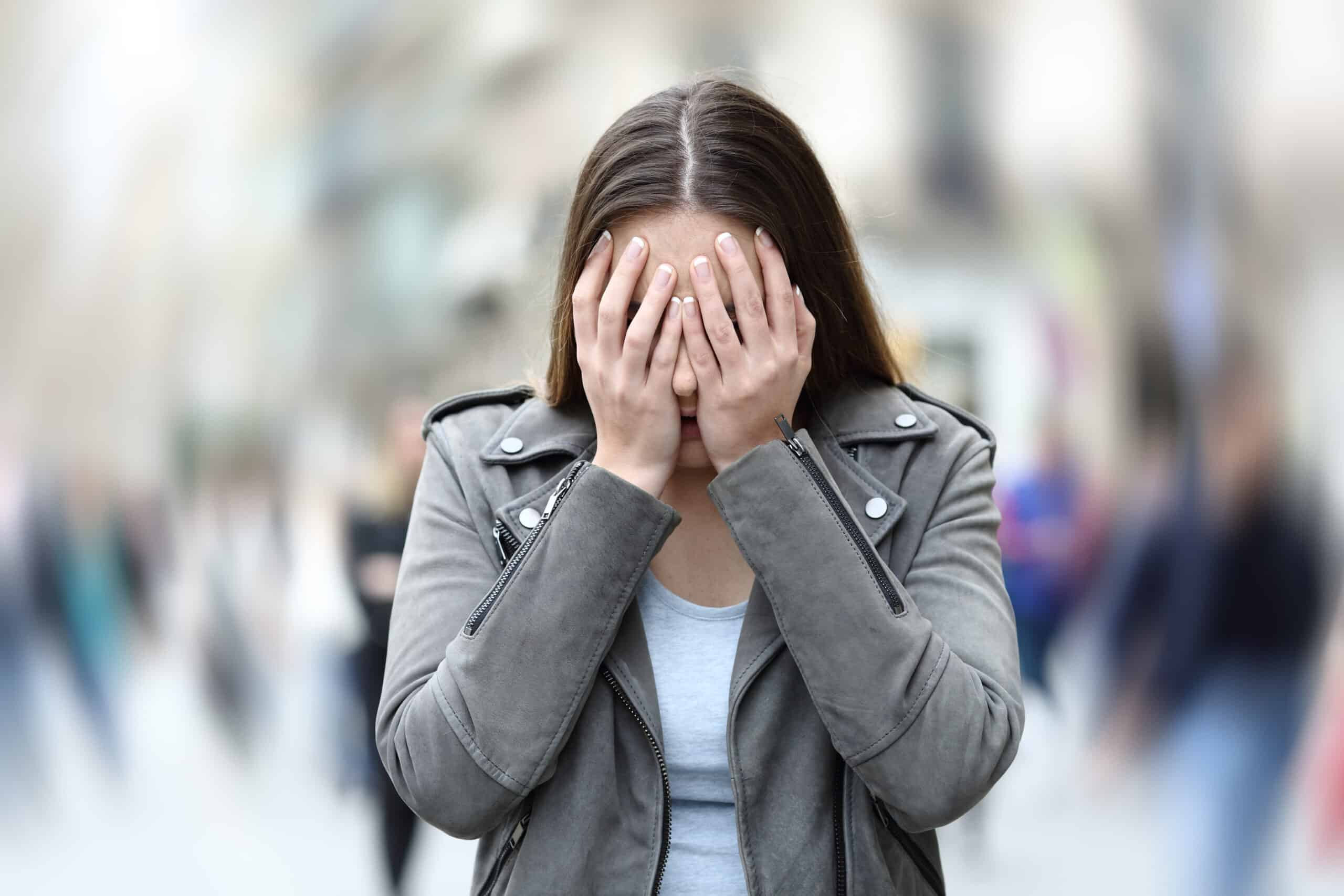Definition
Body dysmorphic disorder, also called body dysmorphia, is a condition in which a person worries too much about how they look. The imperfections in their appearance are often not noticeable to others. If you experience BDD, it doesn't mean you are obsessed with yourself. However, this condition can be bothersome and significantly impact your life.
Causes
The exact cause of BDD is still unknown. Just like other psychiatric conditions, BDD can occur due to a combination of several problems, such as a family history of BDD, negative experiences regarding self-image, impaired brain function or abnormal levels of a brain chemical called serotonin.
Risk Factors
BDD generally begins in early adolescence and can occur in both men and women. Some factors that may increase the risk of BDD include:
- Have a family history of BDD, obsessive-compulsive disorder, or depression.
- Traumatic experiences in the past. You may be more susceptible to BDD if you have experienced teasing, bullying, neglect, or violence as a child.
- Certain personality traits, such as perfectionism
- Social pressure on beauty
- Have other psychiatric conditions such as anxiety, obsessive-compulsive disorder, depression, or eating disorders
Symptoms
Some symptoms of BDD include:
- Excessive worry about specific areas of the body (especially the face)
- Spending a lot of time comparing your appearance to others
- Often, you look at yourself in the mirror or even avoid the mirror
- Making more effort to cover up shortcomings, for example, spending a long time combing hair, applying make-up, or choosing clothes to wear
- Exfoliate the skin to make it soft.
BDD can also occur due to the perception that the body is too thin, minor, or not muscular enough. This causes a person to engage in activities such as excessive exercise, consuming excessive nutritional supplements, and abusing steroids
Diagnosis
The diagnosis of BDD is generally based on:
- A psychological evaluation that assesses risk factors as well as thoughts, feelings, and behaviors related to negative self-image
- Personal, social, family, and medical history
- The signs and symptoms you experience
Management
BDD symptoms may improve with therapy.
If your symptoms are relatively mild, you will be referred for talking therapy called cognitive behavioral therapy, which you can follow alone or in a group.
If you have moderate symptoms, you will be offered cognitive behavioral therapy or antidepressant medicines called selective serotonin reuptake inhibitors (SSRIs).
If your symptoms are more severe or other therapies are not working, you will be recommended to undergo cognitive behavioral therapy plus SSRI medication.
- Cognitive behavioral therapy. This therapy can help you control your BDD symptoms by changing the way you think and act. This therapy helps you learn what may be triggering your symptoms and teaches you a different perspective on your condition and how to deal with your habits.
You and your therapist will create several therapy goals and work together to try to achieve those goals.
Cognitive behavioral therapy to treat BDD will usually include a technique called Exposure and Response Prevention (ERP). This is done by slowly facing situations that typically make you think excessively about your appearance and make you anxious. The therapist will help you find other ways to deal with your feelings in this situation so that, over time, you can face it without feeling self-conscious or afraid.
You may also be given some self-help information that you can read at home. Depending on your symptoms, this therapy can also be carried out in groups. Cognitive behavioral therapy for children and young people usually involves family members.
- Selective Serotonin Reuptake Inhibitors (SSRIs). SSRIs are a type of antidepressant. There are several different types of SSRIs, but the most frequently used to treat BDD is fluoxetine. This medication may take up to 12 weeks to affect your BDD symptoms. If this medication works for you, you may be asked to continue taking the medication for several months to improve further symptoms and prevent recurrence. SSRIs have several common side effects, but these side effects often disappear within a few weeks. Your doctor will monitor you closely for the first few weeks.
It's important to tell your doctor if you feel very anxious or emotional or have thoughts of hurting yourself. If you have not had symptoms for 6 to 12 months, you may be allowed to stop SSRIs. Discontinuation is done by reducing the dose slowly over time to help ensure your symptoms do not return and to avoid withdrawal side effects such as anxiety. Adults younger than 30 years of age need to be monitored more closely when taking SSRIs, as they may be at higher risk of having life-ending thoughts or attempts at self-harm in the early stages of therapy. Children and young people may be offered SSRIs if they have severe symptoms of BDD.
Mindfulness exercises can help when you are anxious or low on self-esteem. Some people also find it helpful to meet with friends or family or try something new to improve their mental health. Relaxation and breathing techniques can also help relieve stress and anxiety.
Complications
Complications that can be caused by or related to BDD include:
- Low self-confidence
- Social isolation
- Severe depression or other mood disorders
- Suicidal thoughts or behavior
- Anxiety disorders, including social anxiety disorder (social phobia),
- Obsessive-compulsive disorder
- Eating disorders
- Substance abuse
- Health problems due to behavior such as skin-picking
- Body pain or risk of deformity due to repeated surgical therapy
Prevention
There is no known way to prevent BDD. However, because BDD often appears in the early teenage years, early identification of the condition and the initiation of therapy can be beneficial. Long-term maintenance therapy can also help prevent the recurrence of BDD symptoms.
When to see a doctor?
If you have BDD, you should consult a doctor. The doctor will ask you several questions about your symptoms and how they affect your life.
The doctor will also ask if you have thoughts of hurting yourself. A general practitioner may treat or refer you to a psychiatrist for additional testing and therapy.
Seeking help for your BDD may be difficult, but it's important to remember that you don't need to feel embarrassed about your condition. Getting help is essential because your symptoms likely won't go away on their own without therapy and may get worse.
Looking for more information about other diseases? Click here!
- dr Ayu Munawaroh, MKK
Body dysmorphic disorder (BDD). (2022). Retrieved 23 September 2022, from https://www.nhs.uk/mental-health/conditions/body-dysmorphia/
Body dysmorphic disorder - Symptoms and causes. (2022). Retrieved 23 September 2022, from https://www.mayoclinic.org/diseases-conditions/body-dysmorphic-disorder/symptoms-causes/syc-20353938
Body Dysmorphic Disorder. (2022). Retrieved 23 September 2022, from https://www.hopkinsmedicine.org/health/conditions-and-diseases/body-dysmorphic-disorder






/62d244a608bfb.jpg)





